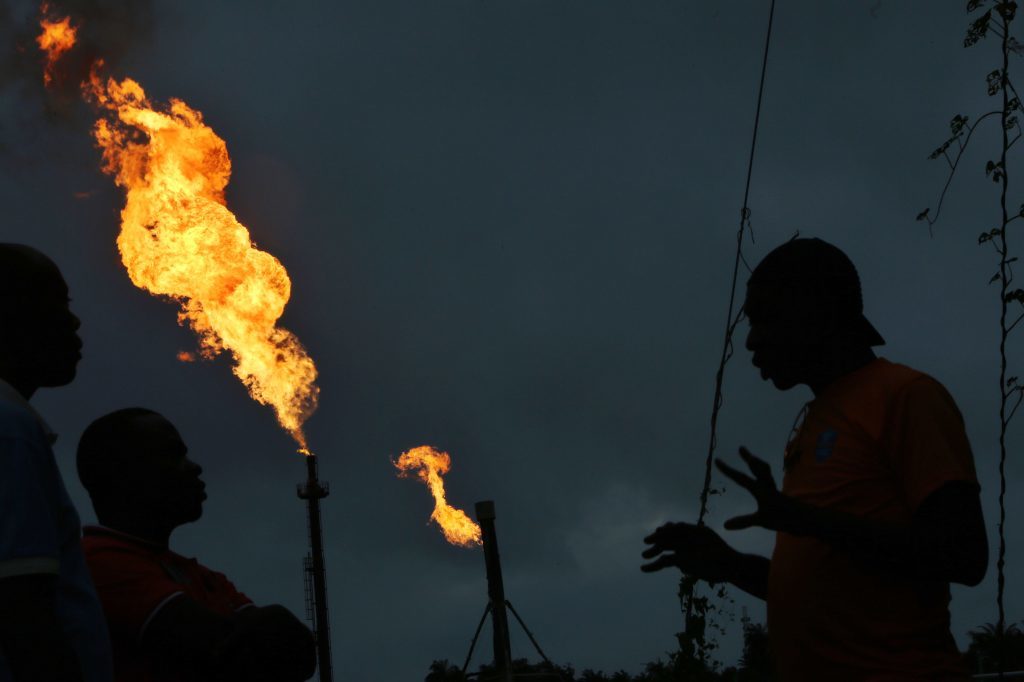
Nigeria’s Department of Petroleum Resources (DPR) has held a bidders’ conference for those interested in tackling gas flaring in the country.
The DPR said the number of interested companies had been reduced to a shortlist of 200, from an initial pool of around 800. The number of flare sites has also been reduced to 45, from 178. The companies that have got through have achieved qualified applicant status and have been issued request for proposal (RFP) documents.
The Nigeria Gas Flare Commercialisation Programme (NGFCP) was launched in 2016 with the intention of tackling the country’s ongoing problem. The programme works through by stating gas that would have been flared belongs to the government.
As such, it allows gas that would have been flared at the wellsite to be sold to third parties, which install equipment for export.
Backing up this push, there are new tough regulations on penalties for flaring, of $0.5 per 1,000 cubic feet for fields producing less than 10,000 barrels per day, rising to $2 per 1,000 cubic feet for fields producing more. There is also a push for increased transparency.
Around 65% of flaring happens onshore, according to government statistics, with $3.5 billion of investment required to tackle the problem. Tackling the problem would reduce Nigeria’s carbon emissions by 13 million tonnes per year.
Regulations on gas flares, triggering the NGFCP, were gazetted in July 2018.
Progress at the NGFCP comes as the government has announced its National Gas Transportation Network Code. This is intended to provide transparency and allow investment in gas pipelines. This year has been designated by Nigeria as the “year of gas”.
Recommended for you

